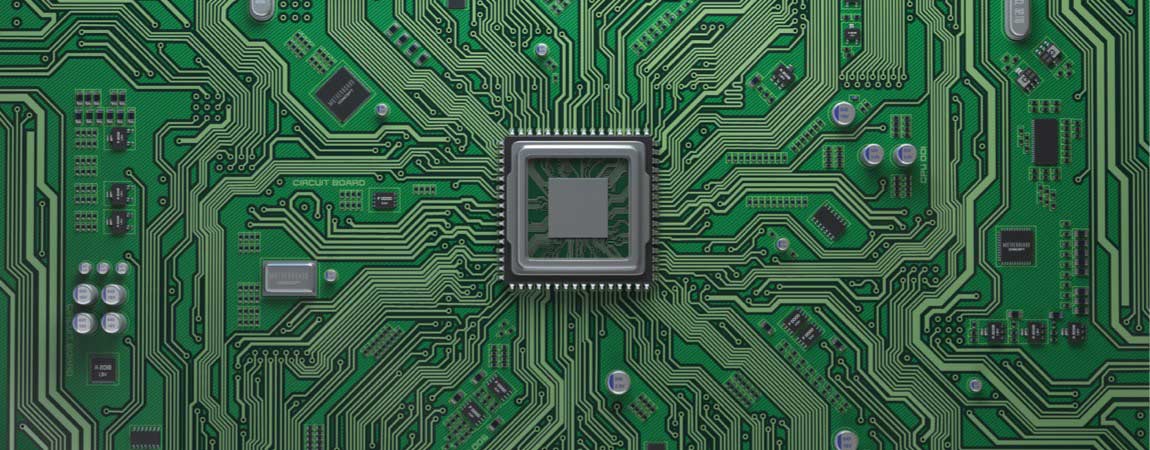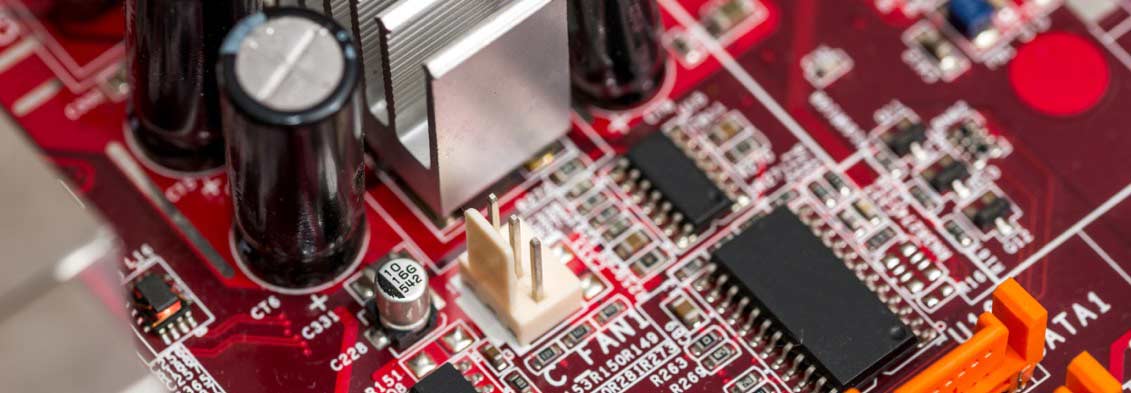Ways to Salvage Electronics
Introduction
You and the environment benefit when you salvage electronics by properly disposing of them prevents them from going into a landfill and has become a more sustainable approach to reduce E-waste and its strain on the environment.
Salvaging Electronic Components.
You can salvage electronics from almost any electrical device, including old computers, circuit boards from printers and scanners, or appliances such as microwaves and cell phones.
Circuit boards can yield hundreds of small parts, including metal parts and screws, capacitors, resistors, and integrated circuits (IC’s). In some cases, components can be reused or repurposed or recycled to recover precious metals, etc.
The Benefits of Salvaging Electronic Components
It’s not about saving money when you salvage electronic parts. When you salvage electronics, it also provides many advantages that sometimes aren’t immediately apparent. The following are the most compelling reasons:
Increases the Useful Life of Electrical Devices
When you recover electronic components, you build an inventory of spares parts. These might be common parts or rare ones that are no longer available. Having a broad selection of components is useful for repairing older items that can prolong their use and prevent them from ending up in a landfill.
It's a Valuable Learning Experience.
By analyzing devices as they are disassembled, you learn about a product and PCB design. As a result, many individuals have begun their electronics profession by disassembling equipment and extracting parts.
Reduces E-waste
Typically, when a single component in a device fails, the entire product is thrown away. Repairing it with salvaged components or stripping and reusing as many parts as feasible before disposing of them reduces E-waste while also benefiting the environment.
Saves Time
Electronics disassembly is time-consuming, but it saves time if you have salvaged components from others that can be reused. For example, having a specific component on hand might save you the time it takes to buy a replacement and have it delivered.
Saves Money
Salvaged components are more affordable, if not completely free. However, there is another method through which salvaging electronic parts from circuit boards can save money. Small electronics components are often sold in bulk on internet marketplaces. Even when you only require one or two items, you may have to buy five, ten, or a hundred of them. As a result, buying parts from salvage electronics suppliers can be significantly cheaper than buying new ones.

See how we can solve your hard drive destruction needs
Where to get Electronics and Devices to Salvage
You can often find older electronic products for sale on websites like eBay. There are also many electronic salvage yards around where you can find plenty of discarded but still usable items.
One person’s trash is another man’s treasure, as the saying goes. Family and friends frequently have old and unused electronics in their homes. You could request that they offer you any broken devices for you to salvage.
The sidewalk is another good place to find unwanted electronics, particularly on trash day when it’s turned into a salvage electronics lot! Recovering household electrical items destined to be sent to a landfill is great for the environment. Often, discarded items are still in working order, such as Televisions, DVD players, stereos, and microwaves are just a few examples.
Other places where you can find disposed salvage electronics include:
- Dumpsters: Communities and businesses frequently dispose of their obsolete devices here.
- Drop-off recycling: Some places offer to take your old electronics and recycle them for you.
- Garbage landfills: When it comes to electronic waste (e-waste), most e-waste ends up in landfills. E-waste often contaminates water and causes all sorts of health problems for communities living near landfills.
- Garage sales salvage electronics lots etc.

Tools Required to Salvage Electronics
It would help if you had the right tools to salvage electronics; they include:
- A screwdriver: Most electronics are held together by screws, so at least one screwdriver is required.
- Cable wire strippers: The best way to strip wires.
- Wire cutters: These are necessary for cutting wires to strip them of their protective sheathing.
- Soldering iron: Some electronics require soldering or re-soldering before they can be used again.
- Circuit board de-solderer: This tool is specifically designed to remove solder points off circuit boards so that components can be easily removed.
- Face masks: These reduce the chance of inhaling dangerous fumes and fine particles.
- Safety goggles: Goggles protect your eyes. Working with wire or circuit boards can cause debris to fly into your eyes.
- Large gloves: Circuit boards and other components contain sharp edges that can cut hands, so thick gloves are required for protection during salvage work.
- Thin gloves: You’ll also need thinner gloves appropriate for delicate tasks like removing parts from circuit boards without damaging them in the process.
Salvaging Parts from Computers
There are plenty of components to salvage from computers. Computers are made up of several core components, the motherboard, CPU and memory chips, fans, heatsinks, hard drives, media drives, power supply etc. Each component can be reused to replace a failed sub-system in another computer, although care must be taken when disposing of hard disk drives as they can contain sensitive information and so need to be disposed of properly.
Electronic Components on Circuit Boards
How to salvage electronic components from circuit boards:

Capacitors
Capacitors can be salvaged from old circuit boards, or they can be stripped of their metal components.
Resistors
These are either high-power or low-power resistors with coloured bands that indicate their resistance value.
Transistors
There are two types of transistors used in circuitry mostly - bipolar junction transistor (BJT) and metal-oxide-semiconductor field-effect transistor (MOSFET). They're both small cylinders with three pins on top of them, held by a metal casing.
Integrated circuits
ICs are found in many computer circuits and come with many pins. They're packaged in a small plastic rectangle with a notch on one side to identify the pin numbering.
LEDs
There are different types of LEDs - they can be surface mounted or through-hole, each having different numbers of legs. Photodiodes are also commonly found in computer circuits.
Microcontrollers
Microcontrollers are small computers with their own CPU, program memory, and RAM on a single chip.
Voltage regulators
Voltage regulators are used to maintain a steady voltage in circuits.
Switches
Switches come in different types with various numbers of legs - they may either be single-pole or double-pole and double-throw (SPDT) or single-pole, double-throw (SPDT).
Inductors/coils
Inductors and coils can be salvaged from old circuit boards or coil packs - they come in many different sizes, shapes, and types for all applications.
How to Salvage Components from Circuit Boards
How to remove salvage electronics from these pieces without causing any damage.

Read the warning labels
Some components have warning signs on them - these indicate the components are live and should only be handled by a professional.
Unplug the item
Disconnect the equipment from its power source.
Capacitors
These can store an electrical current for long periods even after being removed from a power supply and can cause injury to you if you do not discharge them properly. Use a screwdriver with an insulated handle to short out the legs of the capacitor to cause it to discharge before touching it.
Resistors
They can be removed by desoldering or cutting them off the circuit board.
Transistors
Remove transistors by desoldering or cutting pins with wire cutters.
Integrated circuits
By desoldering or cutting pins with wire cutters.
Switches
Sometimes, switches are soldered directly to the circuit board or are connected by wires. Disconnect them by desoldering or using wire cutters
LEDs
By desoldering or cutting pins with wire cutters.
Microcontrollers/microprocessor
The microprocessor is generally the largest IC on a motherboard and is held in place under a heatsink and by a chip holder that has a small lever to release the legs.
What are the Electronics to Avoid Salvage Parts from?
When you salvage electronics, it is best to avoid anything that can be dangerous.
Leaky capacitors
Leaky capacitors can cause damage, so avoid touching any liquid that is leaking from a damaged capacitor.
SMD components
Surface-mounted devices are tiny delicate components, so they are not easy to remove without specialized equipment.
Magnetron tubes
These are found in microwaves and contain caesium, so they should be handled with care
There are many good reasons to salvage electronics, and they can be a great way to repurpose or recycle old, unused, or broken technology, saving money and recycling parts that would otherwise have been thrown away. If you’re unsure about the best way to dispose of electronics securely, why not speak to the experts at TechReset?
